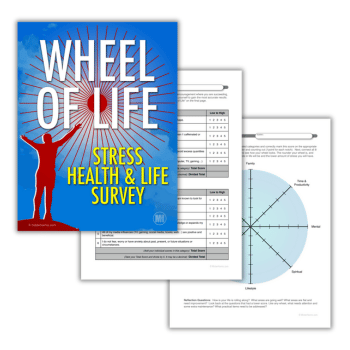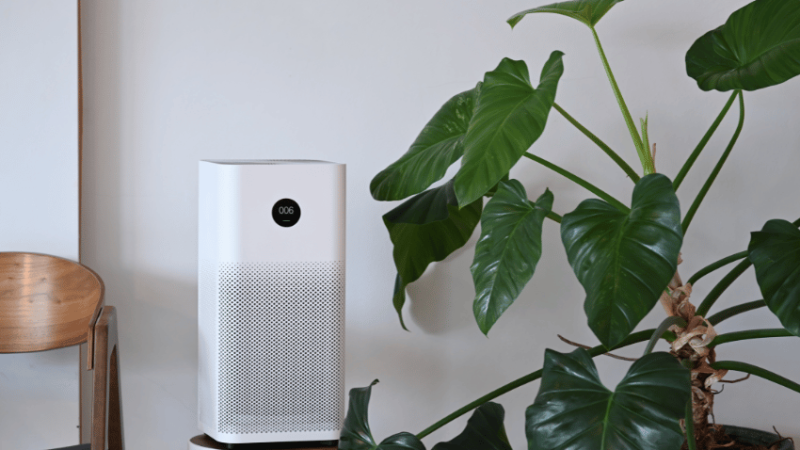Vaping in schools – Why schools need to set a policy and stick to it

Daniel Harvey examines the spread of vaping in school – how often it happens, why it happens and how it might be tackled…

- by Daniel Harvey
- Digital learning director, behaviour, pastoral care & school culture lead

In conversations I’ve had with colleagues at other schools, there are two pressing challenges that are hard to resolve – rising rates of truancy, and the growing issue of vaping in schools.
These two problems can sometimes even combine into one large, overarching problem. It requires a carefully considered, clear and consistent response on the part of staff.
The bells, The bells!
To get a better handle on precisely when and where vaping was happening in our school, we, like many others, opted to install a vape monitoring and alarm system.
According to the blurb, we’d plumped for ‘The most affordable vape detection’, which ‘installs with just a click’ and ‘knows when a student vapes!’
Such devices work by constantly monitoring the air composition of certain key locations. In most cases this will mean the student toilets. It will send automatic ‘smart alerts’ when it registers the presence of certain gases at specific concentrations.
This is all well and good. Except that by the time the alert has sounded and someone is at the scene, the perpetrators will have long since vanished, leaving behind that telltale faint, fruity-smelling vapour (if you’re lucky) in their wake.
This has become a regular event for certain schools, with staff frequently called upon to ensure students are in lessons. And it’s time consuming.
“What – me, sir…?”
This theatre continues with the stony-faced denials served up by students as they seek to dodge blame. That’s even if you catch them red-handed with an alarm beeping above their heads.
I’d venture that most students who are out of lessons truanting will be vaping. They congregate mainly in the toilets, which are presently the only locations where we have vape sensors installed. These serve as both deterrents and detection devices.
You can see why some schools are so keen to limit students’ access to toilets during lessons. This is despite the cries of ‘You can’t do that!’ from those either unaware of the issue, or who want to downplay its seriousness.
Last year, we had to contend with a small group of Y9 boys who thought themselves very smart by concealing their vapes in the toilet paper dispensers found in the cubicles. These, it transpired, were communal vapes that were rarely, if indeed ever cleaned. Yuck!
“I want my vapes back!”
That subheader was a direct quote I heard from a parent when I informed them that their child had been both truanting and handing out vapes to other students as though they were manning a Pick ‘n’ Mix counter.
I should, though, quote them in full: “I want my vapes back. It cost me a lot of money to buy my child those vapes. So I want them back now!”
“These, it transpired, were communal vapes that were rarely, if indeed ever cleaned”
Fortunately, most of the parents and carers we find ourselves having to contact for vape-related issues are very supportive. They’re alarmed that their child has managed to get hold of vapes and will actively attempt to deal with the matter at home. They’re concerned, rightly, at what’s actually in them. They’re also as frustrated as we are as to why certain shops seem to not care who buys them.
We can and do use our police contacts to identify any local shops linked to our students’ access to vapes. The proprietors sometimes don’t seem to think they’re doing anything wrong – but it’s a losing battle.
That said, we have encountered some parents and carers who don’t see access to vaping as a problem. They’re even surprised by the position we’ve taken as a school. That’s despite us clearly stating our reasons for prohibiting vaping in multiple parent meetings, events and communications.
One of the biggest problems we therefore face is that vapes are simply too easy for many young people to get hold of.
Trending
What’s the harm?
When quizzing students regarding a breach of our vapes policy, pupils will sometimes ask me, “Why are they called vapes, sir?”
“Vapes are simply too easy for many young people to get hold of”
The veteran science teacher in me is amused by this, since referring to a cloud of unknown gases, fruit smells or potentially something more serious as ‘vapour’ is so old-fashioned.
I don’t doubt that vape companies will respond with something along the lines of, ‘Actually, those clouds aren’t gases – just very fine liquid droplets’. But let’s be clear – vaping is a terrible idea. The only thing going for it is that it’s a slightly less terrible idea than smoking cigarettes.
So what exactly is in a vape cloud? Students are always shocked when I tell them about the 7,000 chemical combinations in tobacco smoke and what they’re used for. This includes hydrogen cyanide, lead, arsenic and ammonia, to name just a few. Where vapes are concerned, however, the data available can only suggest some emerging patterns.
The US Centers for Disease Control and Prevention has identified links between lung injuries and vaping. It continues to monitor what the data seems to be suggesting. We also know that some vapes contain the highly addictive substance nicotine.
The NHS has meanwhile recorded 233 hospital admissions between 2020 and 2023 where they gave vaping as the primary cause. It reported a further 941 cases where it identified vaping as either the primary or secondary cause of ill health during the same time frame.
What’s in a vape?
Data is continuing to emerge around the longer-term health implications of vaping more generally, and the characteristics of ‘vaping vapour’ more specifically. We’re aware that said vapour ends up coating the lung tissue, which has prompted a number of leading health research organisations to highlight the very real risks associated with something young people presently see as largely safe and risk-free.
In terms of reasons for their broad appeal, we need only look at the packaging and design of vaping products to see that companies are squarely aiming them at young people. That’s to say nothing of the numerous vaping brands that deploy cannabis leaf imagery (which, depending on their origin, may or may not actually contain THC within their vape liquid).
Most serious of all, some schools have already had to contend with students suddenly falling ill as a direct result of vaping in school.
The trouble is, with vaping products typically having little in the way of ingredients or formulation contents on the label, no one actually knows what it is that’s making a person sick. However, there have been several cases of people lacing vapes with the drug spice, resulting in subsequent hospitalisations.
So what can schools do?
Schools need to work out their own policies towards vaping and consider how to implement those policies consistently, while being supportive of student health and using transparent language that is clearly understood by all stakeholders.
Staff must decide how they’re going to monitor hotspots, and how to use staff capacity to monitor and disrupt the type of behaviours that accompany vaping, such as repeat truancy.
They should also work out how to engage students in a better understanding of what vapes are, how they work and what they do via informative assemblies, personal development and outreach work – the latter of which ought to provide students with essential information in a way they can easily comprehend and relate to.
But before I can get to any of that, you’ll have to excuse me. Our vape sensor has just gone off, so it looks like someone will be needing to check those toilets again…
Daniel Harvey is a GCSE and A Level science teacher and lead on behaviour, pastoral and school culture at an inner city academy.










